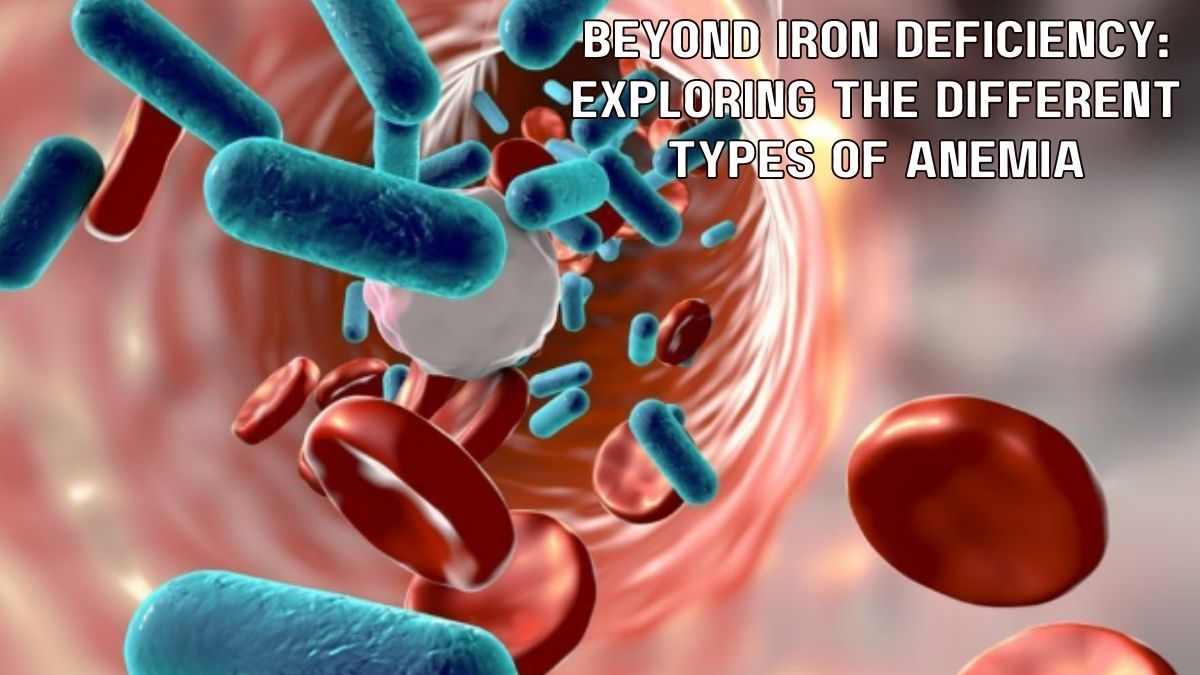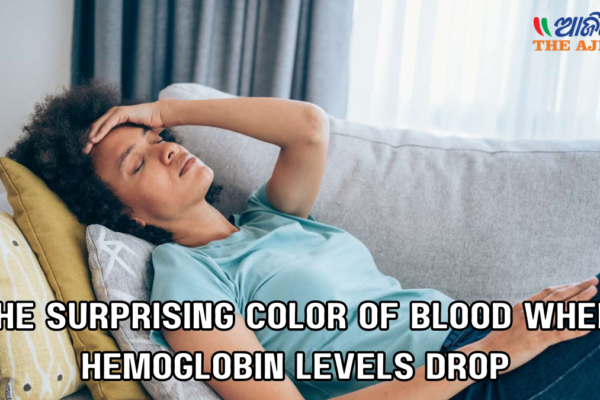Introduction:
Anemia is a condition characterized by a decrease in the number of red blood cells or a decrease in the amount of hemoglobin in the blood. It is a common health issue that affects millions of people worldwide. While iron deficiency anemia is the most well-known type, there are several other forms of anemia that can have varying causes, symptoms, and treatments. In this blog post, we will explore some of the different types of anemia beyond iron deficiency and provide a comprehensive overview of their distinct characteristics.
1.Iron Deficiency Anemia:
Iron deficiency anemia occurs when the body lacks sufficient iron to produce hemoglobin, the protein responsible for carrying oxygen in the blood. It is the most prevalent form of anemia and is often caused by inadequate dietary intake of iron, blood loss, or poor absorption of iron by the body. Symptoms include fatigue, weakness, pale skin, shortness of breath, and brittle nails. Treatment typically involves iron supplementation and addressing the underlying cause.

2.Vitamin B12 Deficiency Anemia:
Vitamin B12 deficiency anemia occurs when the body lacks adequate amounts of vitamin B12, which is essential for the production of healthy red blood cells. This type of anemia is often caused by poor dietary intake of vitamin B12, malabsorption issues, or certain medical conditions affecting the stomach or intestines. Symptoms may include fatigue, weakness, tingling or numbness in the hands and feet, sore tongue, and difficulty walking. Treatment involves vitamin B12 supplementation, either through injections or oral supplements.
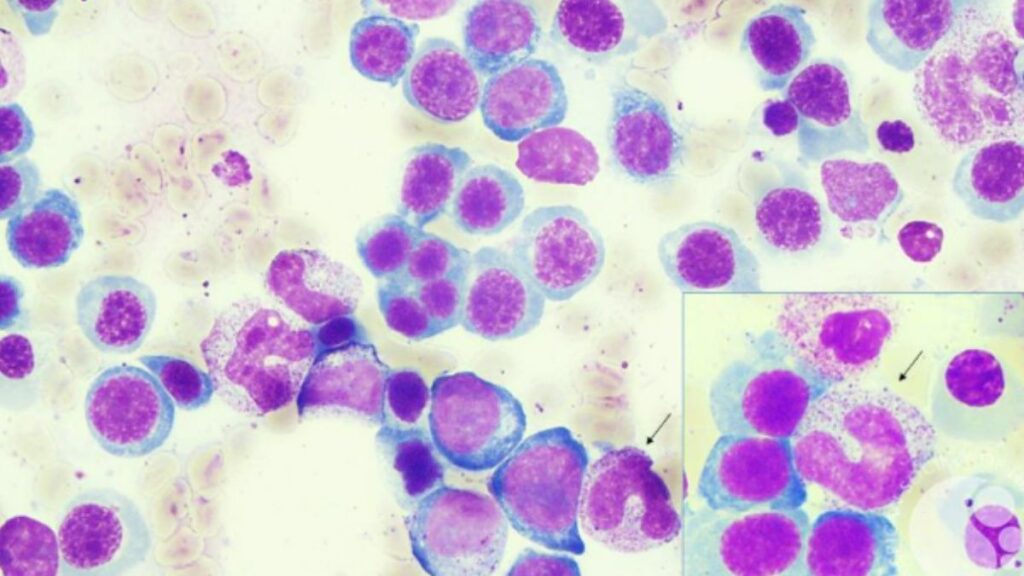
3.Folate Deficiency Anemia:
Folate, or vitamin B9, is another crucial nutrient necessary for red blood cell production. Folate deficiency anemia occurs when the body lacks sufficient amounts of folate. It can result from inadequate dietary intake, alcoholism, malabsorption, or certain medications. Symptoms are similar to those of other types of anemia and may include fatigue, weakness, pale skin, shortness of breath, and irritability. Treatment involves folate supplementation and addressing the underlying cause.

4.Hemolytic Anemia:
Hemolytic anemia is a group of disorders characterized by the accelerated destruction of red blood cells. It can be inherited or acquired and can occur due to various factors, including autoimmune diseases, infections, medications, or certain genetic conditions. Symptoms may include fatigue, pale or yellowish skin, dark urine, rapid heart rate, and enlarged spleen. Treatment depends on the specific cause but may include medications, blood transfusions, or, in severe cases, removal of the spleen.
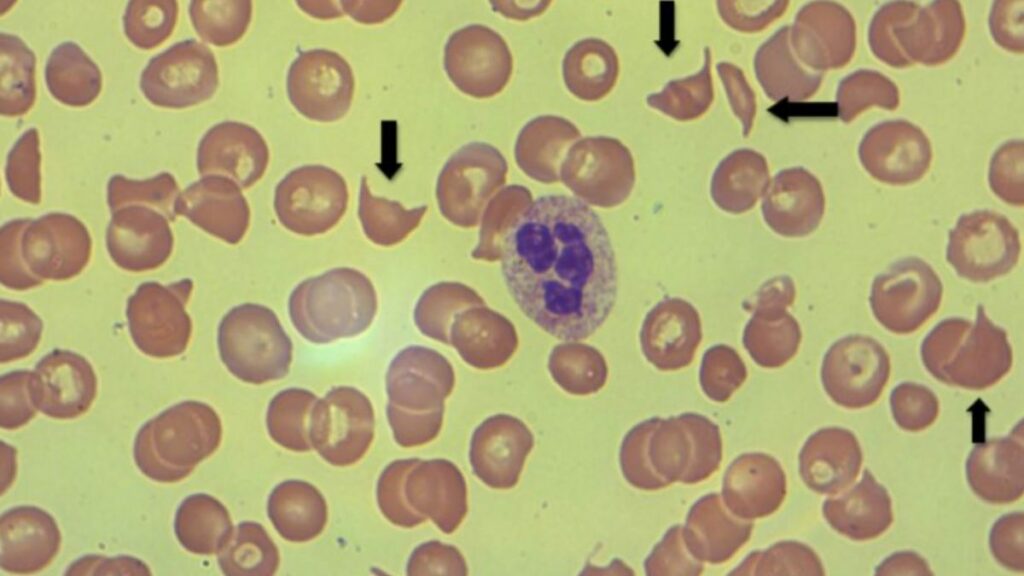
5.Sickle Cell Anemia:
Sickle cell anemia is an inherited form of anemia that affects the shape and function of red blood cells. It is caused by a mutation in the hemoglobin gene, resulting in the production of abnormal hemoglobin. These irregularly shaped cells can block blood flow, leading to pain, organ damage, and other complications. Symptoms can vary in severity and may include anemia, fatigue, episodes of pain, frequent infections, and delayed growth. Management involves pain management, medications, blood transfusions, and other supportive therapies.
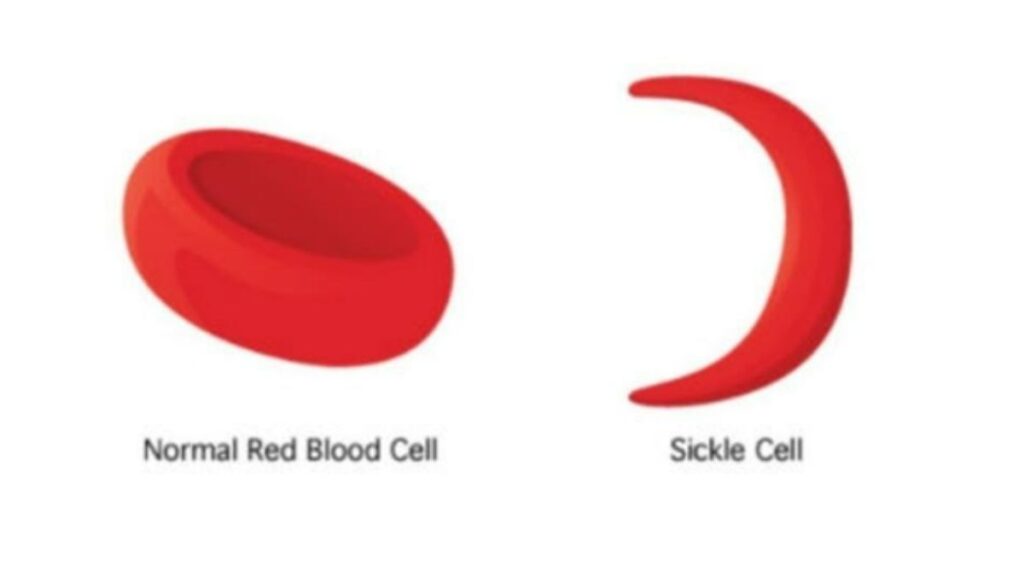
Conclusion:
While iron deficiency anemia is the most commonly recognized form, it is crucial to understand that anemia can manifest in various ways. Vitamin deficiencies, hemolytic disorders, and genetic conditions like sickle cell anemia all contribute to different types of anemia, each requiring specific diagnostic and treatment approaches. Proper diagnosis and management are essential to address the underlying causes and alleviate symptoms, improving the overall quality of life for those affected by these conditions. If you suspect anemia or experience symptoms, it is always advisable to consult a healthcare professional for an accurate diagnosis and personalized treatment plan
.

